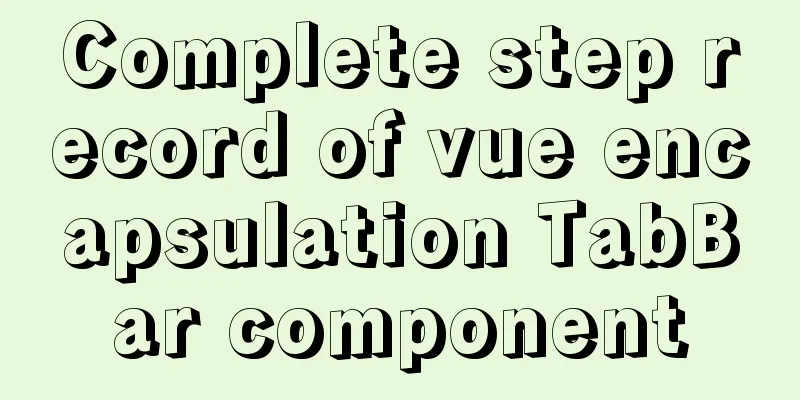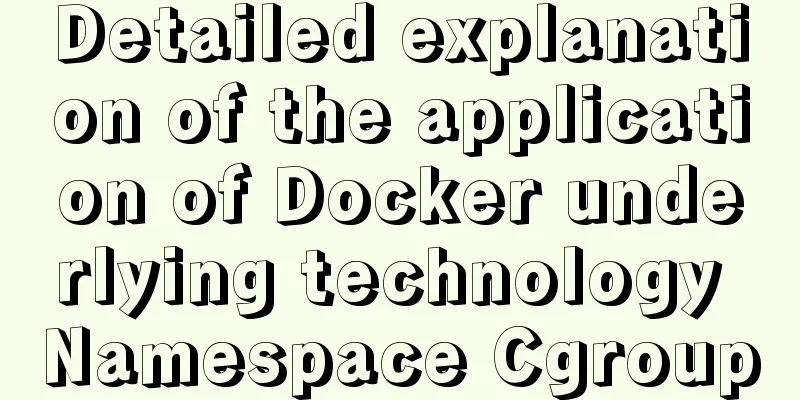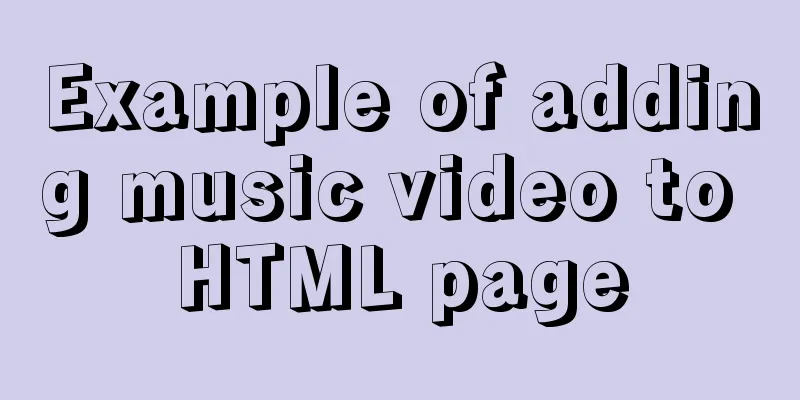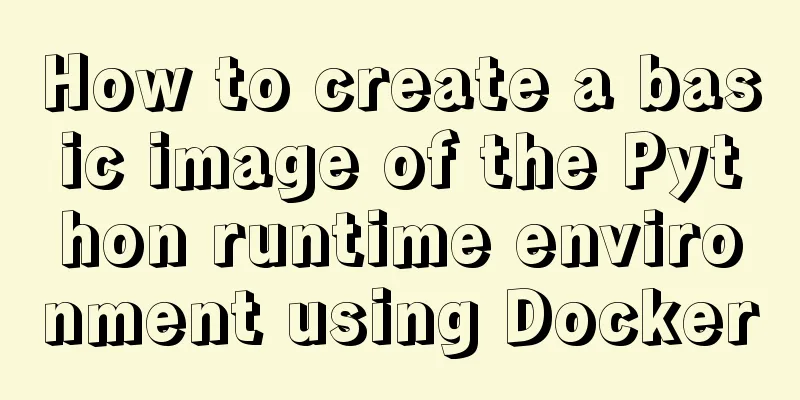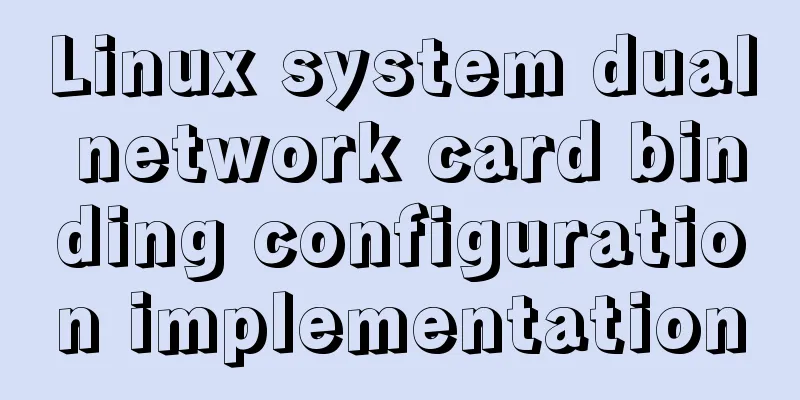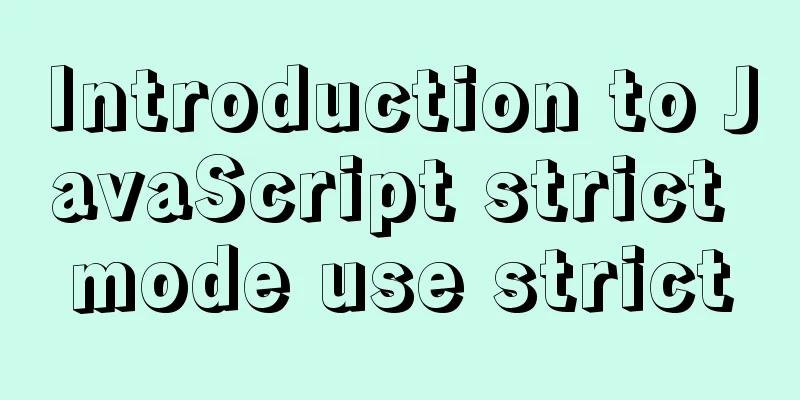XHTML tutorial, a brief introduction to the basics of XHTML
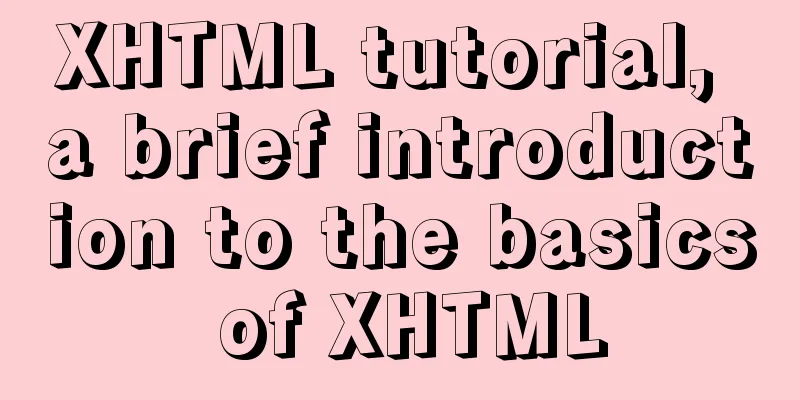
|
<br />This article will briefly introduce you to XHTML and the basic knowledge of XHTML What is XHTML XHTML is the abbreviation of The Extensible HyperText Markup Language. HTML is a basic WEB web page design language. XHTML is a markup language based on XML. It looks somewhat similar to HTML, with only some small but important differences. XHTML is XML that plays a role similar to HTML. So, in essence, XHTML is a transitional technology that combines some of the powerful functions of XML with most of the simple features of HTML. At the end of 2000, the international W3C organization (World Wide Web Consortium) announced the release of XHTML 1.0 version. XHTML 1.0 is a new language that is optimized and improved based on HTML 4.0, with the purpose of being based on XML applications. XHTML is an enhanced HTML, and its extensibility and flexibility will meet more requirements of future network applications. Although XML has powerful data conversion capabilities and can completely replace HTML, it is still too early to directly adopt XML in the face of thousands of existing websites designed based on the HTML language. Therefore, based on HTML4.0, it was extended using XML rules to obtain XHTML. Therefore, the purpose of establishing XHTML is to achieve the transition from HTML to XML. The WEB standard currently advocated internationally in website design is based on XHTML applications (commonly known as CSS + DIV). XHTML Version <br />To date, there are several versions of XHTML: XHTML 1.0 Transient XHTML 1.0 Strict XHTML 1.0 Frameset XHTML 1.1 XHTML Basics <br />Among them, "XHTML 1.0 Transitonal" is adapted based on "HTML 4.01 Transitional", "XHTML 1.0 Strict" is adapted based on "HTML 4.01 Strict", and "XHTML 1.0 Frameset" is adapted based on "HTML 4.01 Frameset". The small text comment tag was added in Microsoft Internet Explorer 5.0 and is supported in XHTML 1.1 (see Ruby Strings). XHTML syntax XHTML language must conform to the format of XML, for example, it must be written in and must have a closing paragraph after using it. Moreover, XHTML tags must use lowercase letters, such as ", and cannot be written as"; each attribute must be enclosed in quotation marks, such as ", and cannot be used. The purpose of these practices is to enable an XHTML web page to be compiled correctly and quickly by a web browser. |
<<: The difference and reasons between the MySQL query conditions not in and in
>>: Docker-compose installation db2 database operation
Recommend
Introduction to query commands for MySQL stored procedures
As shown below: select name from mysql.proc where...
Detailed explanation of Vue mixin
Table of contents Local Mixin Global Mixins Summa...
React Native reports "Cannot initialize a parameter of type'NSArray<id<RCTBridgeModule>>" error (solution)
Recently, when running an old RN project, the fol...
JavaScript to implement a simple web calculator
background Since I was assigned to a new project ...
MySQL database architecture details
Table of contents 1. MySQL Architecture 2. Networ...
Difference between src and href attributes
There is a difference between src and href, and t...
JavaScript to achieve full or reverse selection effect in form
This article shares the specific code of JavaScri...
How to encapsulate WangEditor rich text component in Angular
The rich text component is a very commonly used c...
How to implement Docker volume mounting
The creation of the simplest hello world output i...
VMware + Ubuntu18.04 Graphic Tutorial on Building Hadoop Cluster Environment
Table of contents Preface VMware clone virtual ma...
Detailed explanation of views in MySQL
view: Views in MySQL have many similarities with ...
JavaScript function detailed introduction
Any number of statements can be encapsulated thro...
HTML+CSS to achieve simple navigation bar function
Without further ado, I'll go straight to the ...
Description of the writing method of foreach array in Vue and traversal array in js
How to write Vue foreach array and traverse array...
Detailed explanation of the specific use of the ENV instruction in Dockerfile
1. The ENV instruction in the Dockerfile is used ...


